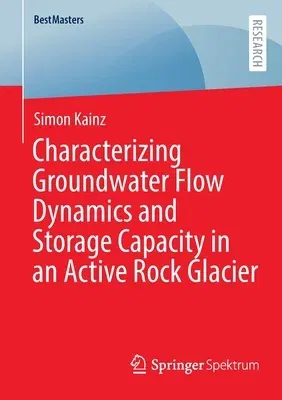Simon Kainz
(Author)Characterizing Groundwater Flow Dynamics and Storage Capacity in an Active Rock Glacier (2022)Paperback - 2022, 8 March 2022

Qty
1
Turbo
Ships in 2 - 3 days
In Stock
Free Delivery
Cash on Delivery
15 Days
Free Returns
Secure Checkout
Part of Series
Bestmasters
Print Length
158 pages
Language
English
Publisher
Springer Spektrum
Date Published
8 Mar 2022
ISBN-10
3658370726
ISBN-13
9783658370725
Description
Product Details
Author:
Book Edition:
2022
Book Format:
Paperback
Country of Origin:
NL
Date Published:
8 March 2022
Dimensions:
21.01 x
14.81 x
1.04 cm
ISBN-10:
3658370726
ISBN-13:
9783658370725
Language:
English
Location:
Wiesbaden
Pages:
158
Publisher:
Series:
Weight:
235.87 gm

